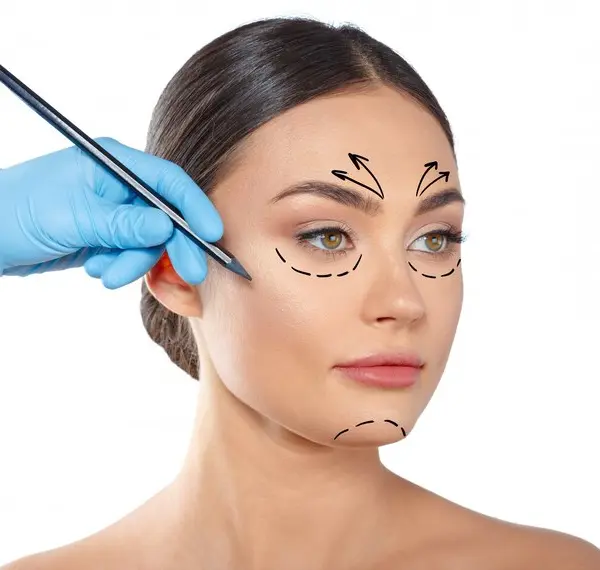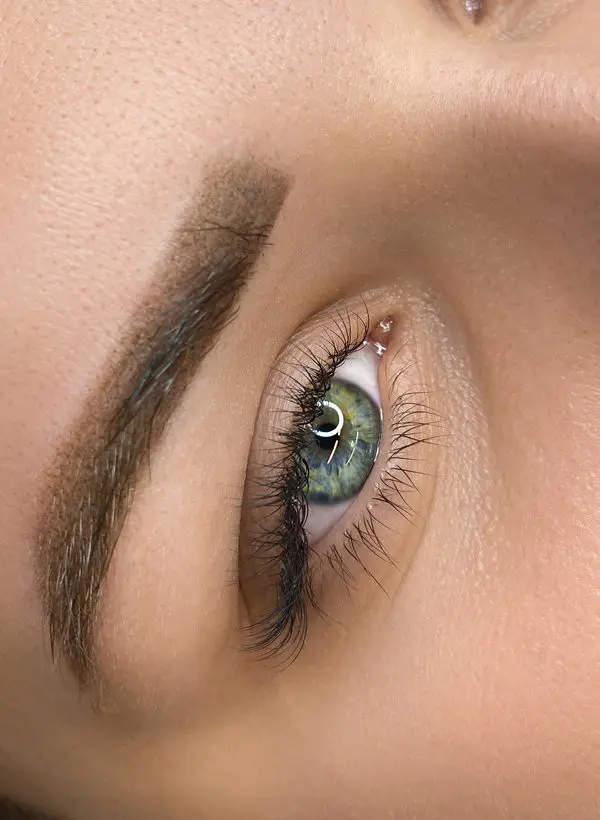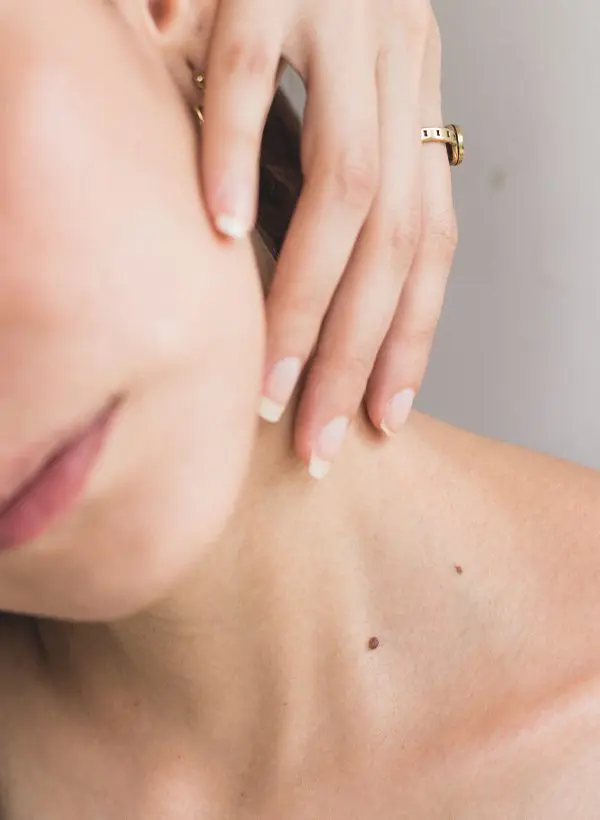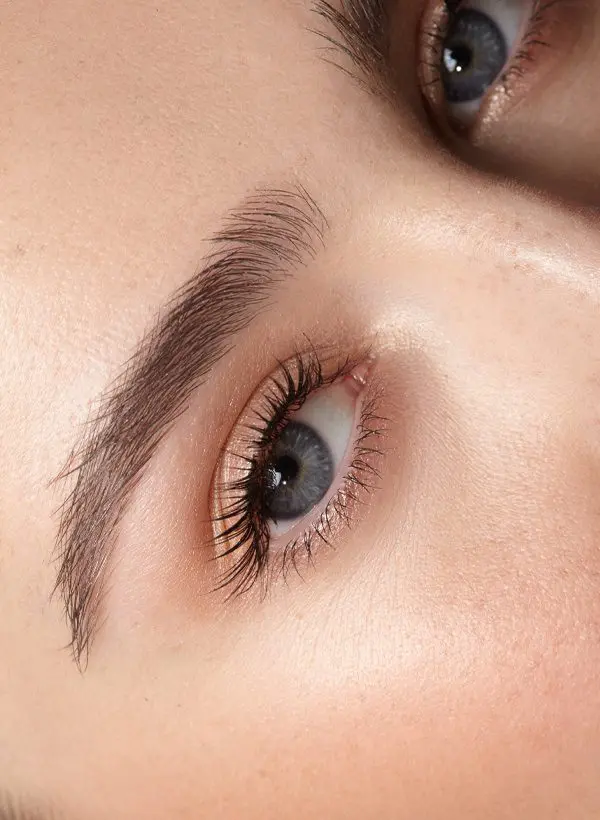CONDITIONS — FACE
Teeth Grinding
Teeth grinding, or bruxism, is a common condition that affects many individuals. It is the involuntary grinding of teeth, usually during sleep, and can cause serious damage to the teeth, jaw and surrounding facial structures. Teeth grinding can occur during the day, but is most common during sleep. Symptoms may include a sore jaw, facial pain, headaches, and tooth sensitivity or pain. It is important to be aware of the signs and symptoms of teeth grinding and to seek treatment if necessary. Treatment options may include lifestyle changes, stress management, medications, and the use of a mouth guard. With the proper treatment and care, teeth grinding can be managed and the damage it causes can be minimised.
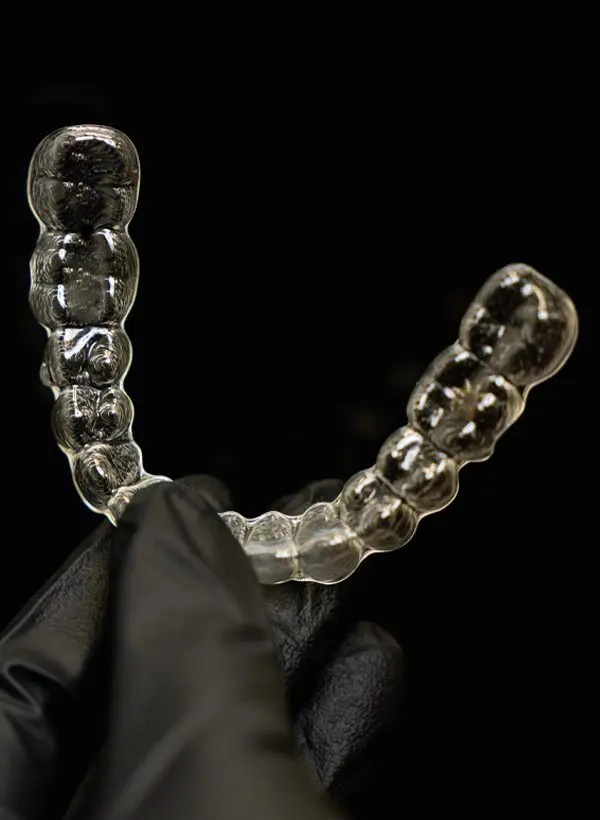
Overview
Achieving a well-refreshed face is a common aesthetic goal for the majority of individuals seeking to enhance their overall appearance and boost self-confidence. A harmoniously sculpted facial contour not only contributes to a youthful and vibrant look but also reflects one’s inner vitality and health.
Plastic Surgery and Bruxism: What You Need to Know
Bruxism, also known as teeth grinding, is a condition that affects an estimated 10percent of the population. It is characterised by the involuntary grinding of the teeth, usually during sleep, and can cause significant damage to the teeth, jaw and surrounding facial structures. Plastic surgery is an increasingly popular option for those dealing with the effects of bruxism.
What Is Bruxism?
Bruxism is the medical term for teeth grinding. It can occur during the day, but is most commonly seen during sleep. It is believed to be caused by a combination of environmental, psychological, and physiological factors. Common signs and symptoms of bruxism include a sore jaw, facial pain, headaches, and tooth sensitivity or pain. It is important to be aware of the signs and symptoms of bruxism and to seek treatment if necessary.
What Are the Treatment Options for Bruxism?
Treatment for bruxism typically starts with lifestyle modifications and stress management. Medications may be prescribed to help reduce the frequency and intensity of teeth grinding. In some cases, a mouth guard may be recommended to help protect the teeth from further damage. If these treatments are not effective, plastic surgery may be an option.
How Can Plastic Surgery Help with Bruxism?
Plastic surgery can help reduce the effects of bruxism by correcting the damage caused by the grinding. Depending on the severity of the condition, surgery may involve reshaping the teeth, removing any chips or fractures, and reconstructing the jaw structure. In more severe cases, a full-mouth reconstruction may be necessary.
What Should You Expect from Plastic Surgery for Bruxism?
When considering plastic surgery for bruxism, it is important to discuss all of the risks and benefits with your doctor. The success of the surgery will depend on the extent of the damage and the individual’s response to the treatment. After surgery, it is important to follow all of your doctor’s instructions for care and to practice good oral hygiene.
Plastic surgery can be an effective treatment for those dealing with the effects of bruxism. However, it is important to be aware of the potential risks and to discuss all of your options with your doctor. With the proper treatment and care, the effects of bruxism can be minimised and the damage it has caused can be corrected.
Facelift Condition
- Tired Eyes
- Facial Ageing
- Facial Volume Loss
- Wide / Square Jaw
- Gummy Smile
- Chin Augmentation
- Jawline Rejuvenation
- Jowls
- Teeth Grinding
- Eye Bags
- Drooping Brow
- Drooping Eyelids
- Double Chin
- Nasolabial Folds
- Premature Ageing
- Wrinkles
- Crows Feet
- Frown Lines
- Forehead Lines
- Drooping Mouth / Marionette Lines
- Thin Lips
- Gaunt Cheeks
- Prominent Ears
- Sagging Neck
- Turkey Neck
Related Treatments
Patient Testimonials
News & Resources

What is a deep plane neck lift?
neck What is a deep plane neck lift? The neck plays an important role in framing the face, but it’s also one of the first areas to show signs of ageing. Loose skin, visible muscle bands, and sagging tissue can make the jawline look less defined. A deep plane neck

What is Face Contouring?
Face What is Face Contouring? Have you ever looked in the mirror and wished your jawline were sharper, your cheekbones more defined, or your facial proportions more balanced? People worldwide consider facial contouring to achieve better facial harmony, restore youthful definition, or correct naturally uneven proportions. It is sought by

What Is Best Breast Implant Placement Types?
Breast Implant What Is Best Breast Implant Placement Types? Exploring the Types of Breast Implant Placement and How to Choose the Right One for You? Breast augmentation is one of the most popular cosmetic surgical procedures globally. It helps women achieve fuller, well-shaped breasts that match their aesthetic goals. While
